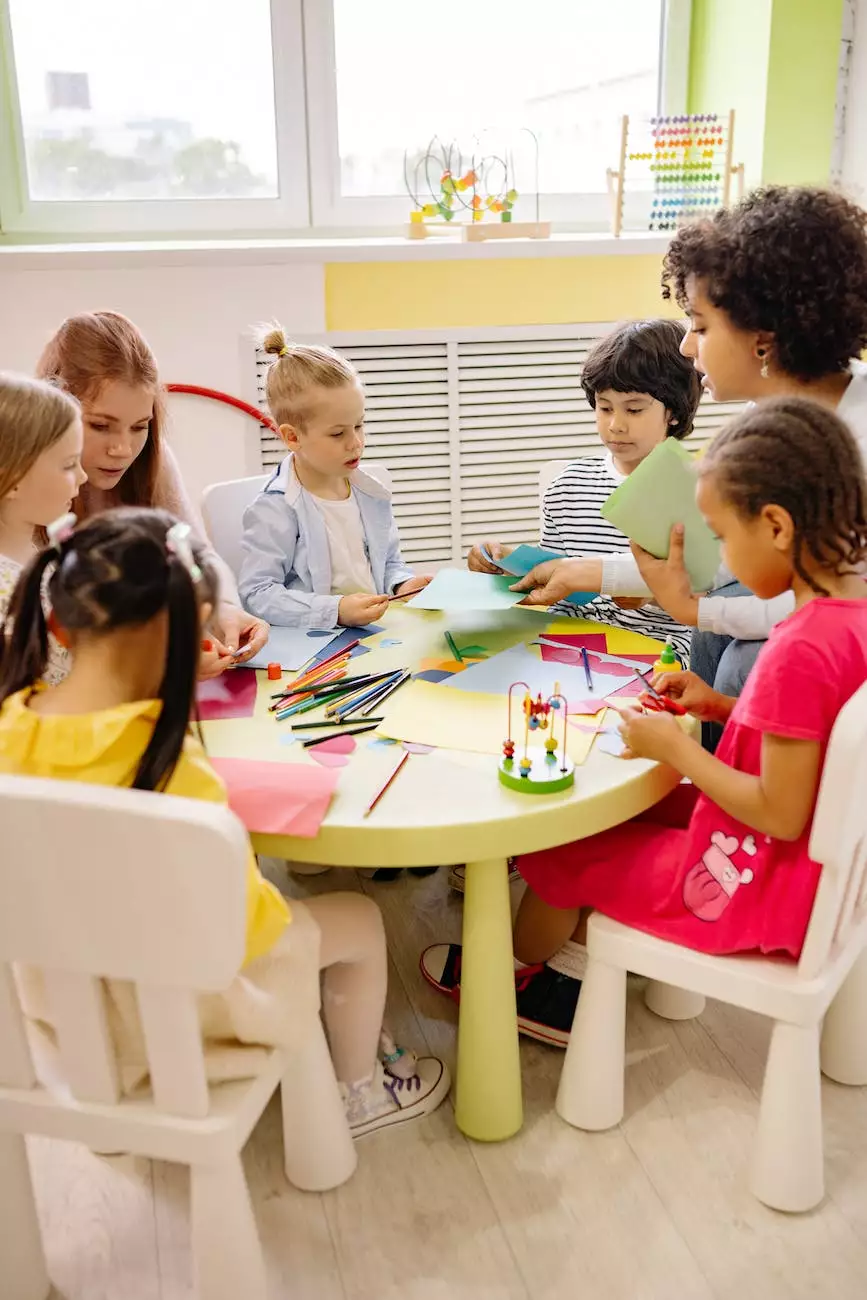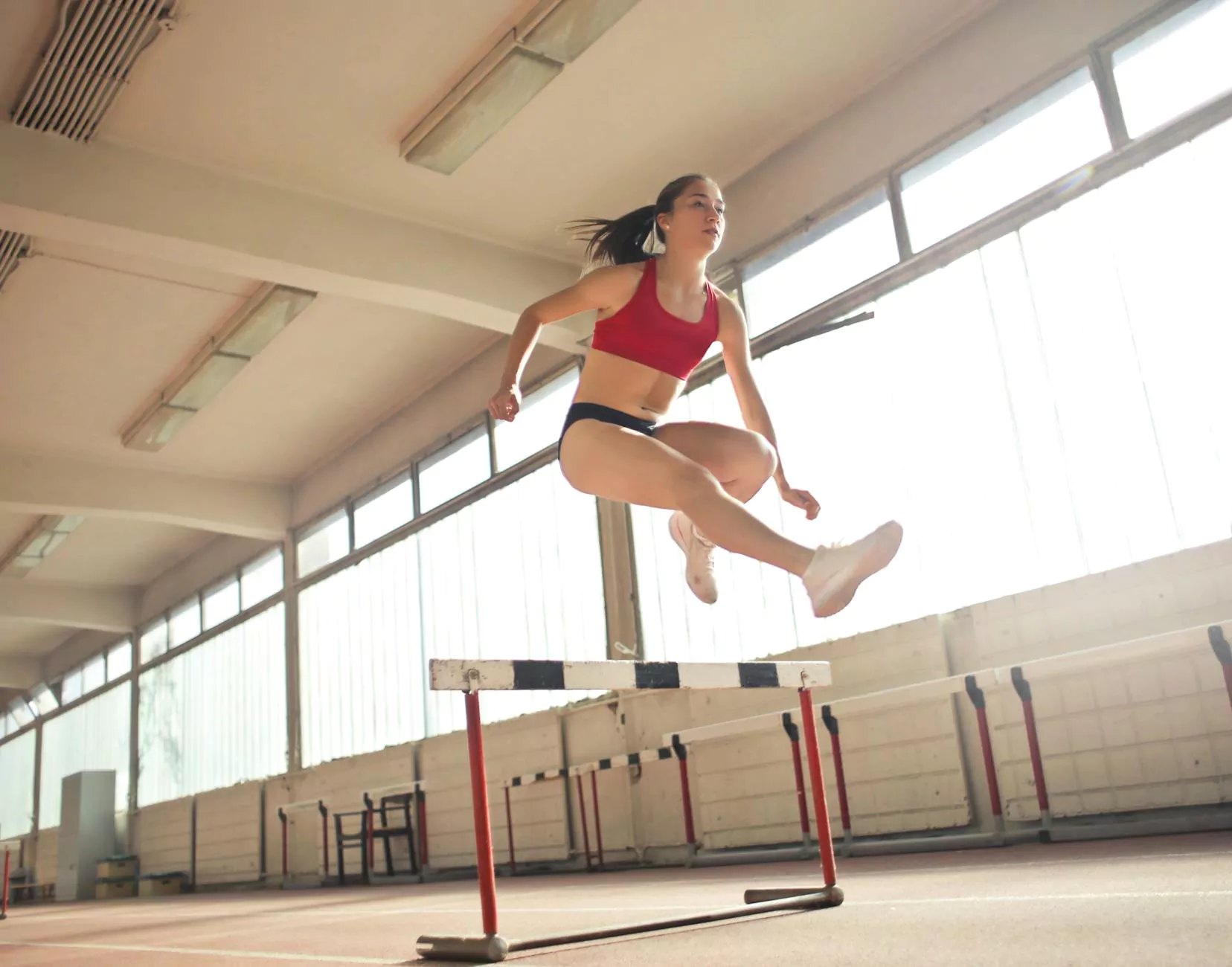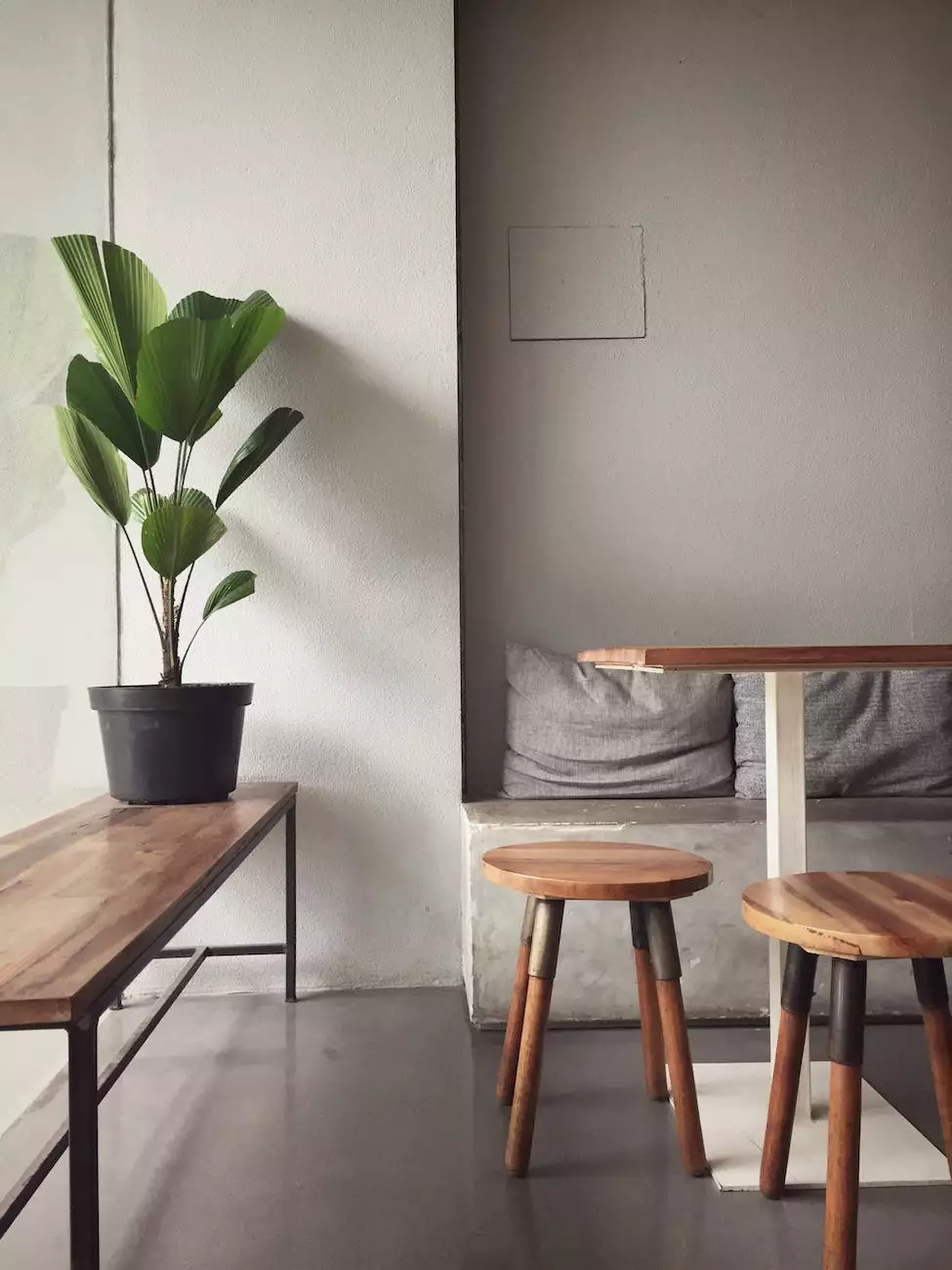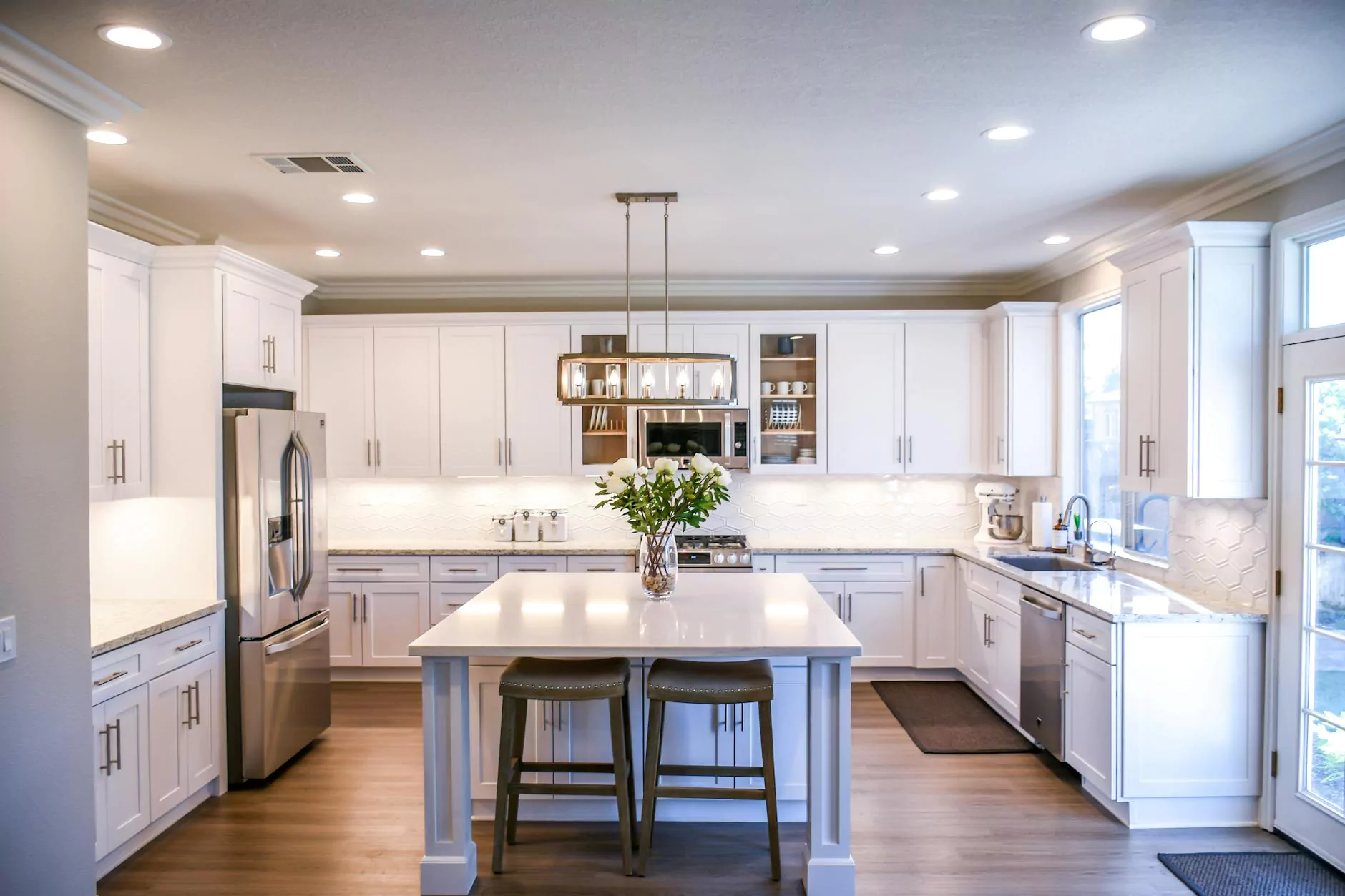5 Questions to Consider When Designing an Active Learning Classroom
Designing Active Environments
Introduction
Welcome to Defined Design, your premier destination for all your home and garden interior design needs. In this article, we will explore the 5 essential questions to consider when designing an active learning classroom. Whether you are an educator or a school administrator, these insights will help you create a dynamic and engaging space that fosters student productivity and success.
Question 1: What is the Purpose of the Space?
Before diving into the design process, it's crucial to define the purpose of the active learning classroom. Consider the curriculum and teaching methods being used, as well as the age group of the students. Is the space intended for collaborative group work, independent study, or a combination of both? Understanding the purpose will guide the design decisions moving forward.
Question 2: How Will Technology be Incorporated?
In today's digital age, technology plays a significant role in education. Determine how technology will be integrated into the active learning classroom. Consider factors such as the availability of power outlets, the need for interactive displays or whiteboards, and the implementation of audio-visual equipment. A well-planned technology infrastructure ensures a seamless learning experience.
Question 3: What Furniture and Layout Will Promote Collaboration?
Collaboration is a fundamental aspect of active learning. Selecting the right furniture and layout can encourage teamwork and interaction among students. Consider flexible seating options, such as modular desks or tables that can be easily rearranged. Additionally, design the space to allow for both small group discussions and whole-class activities.
Question 4: How Will Lighting and Acoustics Enhance the Learning Environment?
Lighting and acoustics have a profound impact on the learning environment. Adequate lighting, both natural and artificial, can improve focus and reduce eye strain. Effective acoustics control noise levels, ensuring clear communication and minimizing distractions. Explore options such as sound-absorbing panels and adjustable lighting fixtures to optimize the learning atmosphere.
Question 5: How Can Flexibility and Versatility Support Different Teaching Styles?
Every educator has their unique teaching style. Design the active learning classroom to accommodate a variety of teaching approaches. Consider spaces for individual reflection, group discussions, and hands-on activities. Incorporate storage solutions to keep materials organized and readily accessible. Flexibility and versatility are key to adapting the space to different teaching and learning needs.
Conclusion
Designing an active learning classroom requires careful consideration of various factors. By answering the 5 questions outlined above, you can create a space that promotes collaboration, enhances learning experiences, and supports different teaching styles. Let Defined Design be your partner in creating an exceptional active learning environment that transforms education. Contact us today to get started!










